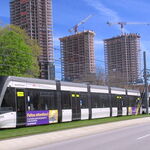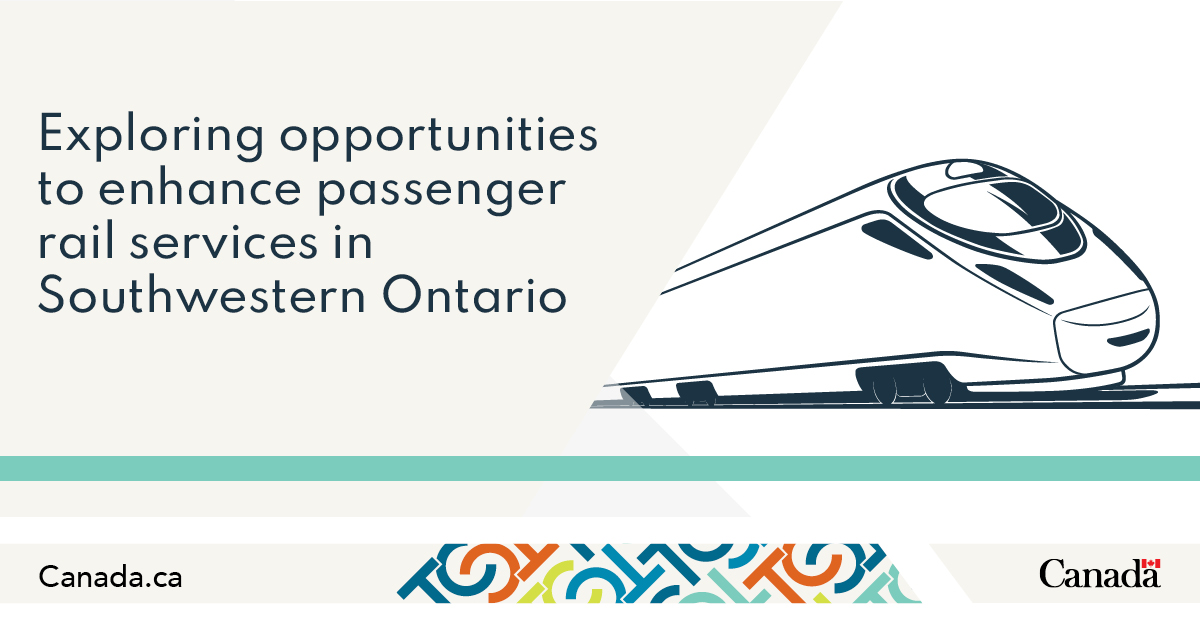I'm looking forward to electrification for that satisfying acceleration.
It's also always bothered me that Canada now has no mainline electrification, and on the corridor the source is all hydro and nuclear, whereas Australia has tons of mainline electrification despite primarily powering their network with coal and gas. Finally, there will be some sanity in the world

Yes electric trains are awesome, and they cannot come soon enough on frequent-stop services such as GO and OC Transpo. It is insane how much kinetic energy is wasted each time a 12-car GO train brakes from 100 km/h to 0 to serve a station. Consider that such a train has a floor area of around 16,000 sq.ft. That's the size of a small apartment building, or 6 single-family houses.
And it is also insane how long it takes to accelerate back to 100 km/h again. I've been clocking the acceleration of EMU's here in the Netherlands, and they accelerate more than twice as fast as the fastest train I measured in Canada.
Here's the chart of the measurements I've taken so far. There is an obvious gap between EMUs in the Netherlands and the 3 measurements I had from Canada, which were of the UP Express Nippon Sharyo DMU, Ontario's only mainline DMU, and a 6-car GO MP40 consist, which is GO Transit's fastest configuration in normal service. 10 o 12 -car GO trains are much much slower than the 6-car MP40 shown here. The Dutch measurements were of Stadler GTW EMUs and Stadler FLIRT EMUs.
Eventually when I have enough observations I'll make a proper video presenting my findings, but here are some clips I've assembled so far. It seems that the fastest local trains in Canada take about 78 seconds to get to 100 km/h, and Dutch EMUs take about 37 seconds. Dutch trains reach 140 km/h faster than Canadian trains reach 80 km/h. Meanwhile Dutch trains can reach 80 km/h within the length of a platform.
Here's a couple observations of Stadler FLIRT EMUs. The first clip is a typical observation (37 s to 100 km/h, 55 sec to 140 km/h). The second clip is the fastest observation (30 s to 100 km/h, 52 sec to 140 km/h).
GO's fastest train, accelerating downhill, still takes
double the time to reach 100 km/h:
That said, electric trains make less of a difference on services which mostly travel along at a constant speed, like VIA. The acceleration of electric locomotives is less impressive than EMUs, and intercity trains shouldn't need to brake very often so regenerative braking doesn't make as big a difference.






